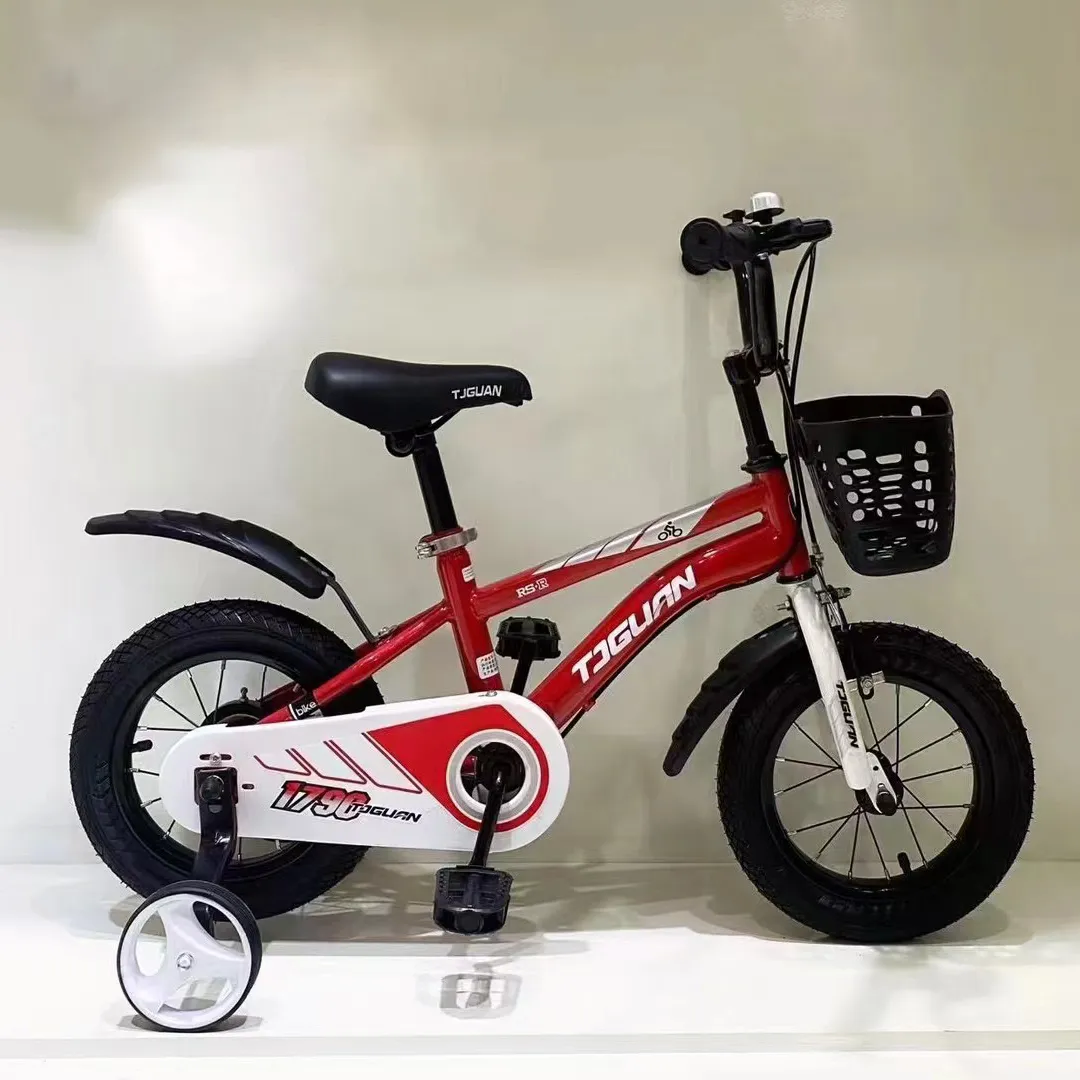childrens mountain bike size guide
Children's Mountain Bike Size Guide
Choosing the right size mountain bike for your child is crucial. It not only affects their comfort but also plays a significant role in their safety and ability to ride effectively. A properly fitting bike allows children to improve their skills and confidence on the trails. This guide will help you understand the key factors involved in selecting the right mountain bike size for your child.
Understanding Bike Sizes
Mountain bikes come in various sizes, typically classified as small, medium, large, and extra-large. For children's bikes, sizes are determined more by wheel diameter rather than frame size, which is common in adult bikes. Children's bikes usually range from 12 inches for toddlers to 24 inches for older kids.
Wheel Size and Age
- 12 to 16 inches (12-inch wheels) Suitable for kids aged 2 to 4 years, typically with a height of 30 to 40 inches. - 16 to 20 inches (16-inch wheels) Designed for children aged 4 to 6 years, with height around 38 to 48 inches. - 20 to 24 inches (20-inch wheels) Ideal for kids aged 6 to 10 years, generally with a height of 45 to 54 inches. - 24 to 26 inches (24-inch wheels) Best for children aged 10 and above or those who stand between 54 to 60 inches tall.
These age and height guidelines can vary slightly between manufacturers, so it’s always advisable to refer to specific sizing charts provided by the bike brand.
Importance of a Proper Fit
A mountain bike should be comfortable for the rider; this means considering not just the wheel size, but also the standover height, reach, and overall geometry of the bike. Here are some reasons why a proper fit is essential
1. Safety A bike that is too large can be challenging to control, making it harder for your child to stop quickly or navigate through obstacles. A correctly sized bike allows them to use their pedals effectively and maintain balance.
2. Comfort Riding a bike that fits well minimizes strain on your child’s body. An uncomfortable ride can lead to fatigue, causing them to become disengaged from the activity or, worse, develop bad biking habits.
childrens mountain bike size guide

3. Performance A bike that fits properly enables your child to ride more efficiently, improving their overall biking experience. They will be able to climb hills and maneuver through trails with much more ease.
Testing for Fit
When selecting a bike for your child, consider taking them to a local bike shop to test different sizes before purchasing. Here are some tips for ensuring a good fit
- Standover Height Your child should be able to straddle the top tube with both feet flat on the ground
. Ideally, there should be 1-2 inches of clearance for a comfortable fit.- Seat Height The seat should be adjusted so that when your child sits on the saddle, their knee is slightly bent when the pedal is at its lowest point.
- Reach and Control Your child should be able to comfortably reach the handlebars while maintaining a slight bend in their elbows. They should also be able to control the brakes effectively.
- Test Ride Have your child take the bike for a short test ride. Pay attention to how they handle the bike, their comfort level, and whether they are able to ride without straining.
Adjustments and Accessories
As your child grows, so will their biking needs. Look for bikes that allow for easy seat height adjustment. Accessories such as helmets, gloves, and proper biking shoes are also essential to keep your child safe while riding.
Conclusion
Selecting the right size mountain bike for your child is fundamental to fostering a love for cycling. By paying attention to wheel size, overall fit, and encouraging practice, you will help your child develop their skills and confidence on two wheels. Happy riding!
-
The Perfect Baby TricycleNewsAug.11,2025
-
Ride into Fun with Bikes for KidsNewsAug.11,2025
-
Ride into Adventure with the Perfect Kids Balance BikeNewsAug.11,2025
-
Fun and Safe Riding with the Best Childrens ScootersNewsAug.11,2025
-
Find the Perfect Childrens Bike for Your Little OneNewsAug.11,2025
-
Explore the Best Baby Tricycles for Your Little OneNewsAug.11,2025
-
Three-Wheel Light-Up Scooter Benefits for KidsNewsJul.11,2025








